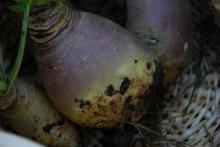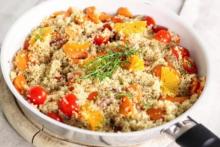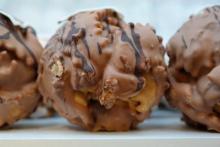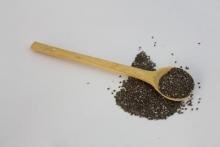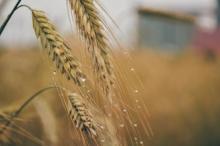Superfood 101: Rutabaga!
Admittedly, the rutabaga is a homely vegetable with a fun-to-say name. You’ve probably seen them in the produce section, and quickly walked by, avoiding a direct look at them in case they might turn into fairytale trolls out to get you. So call them by their other name, swedes, and keep reading.

